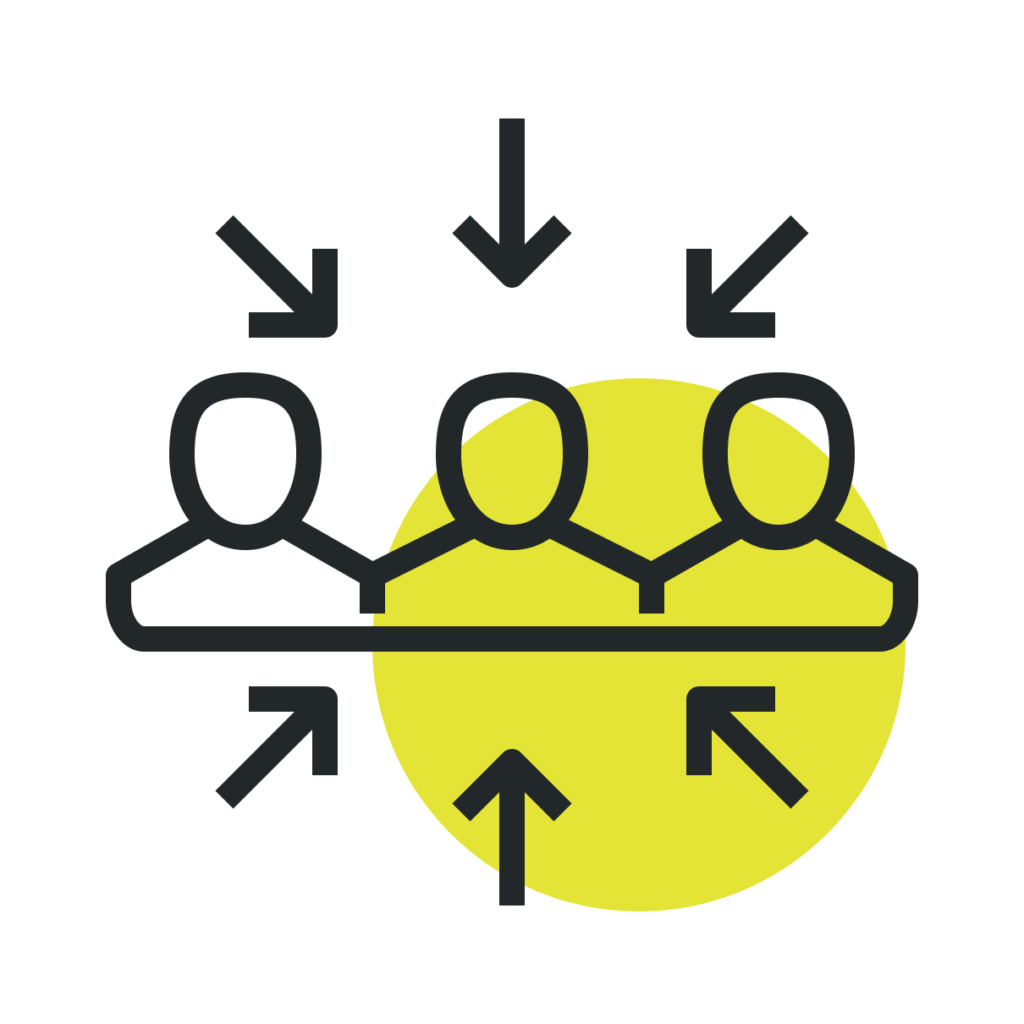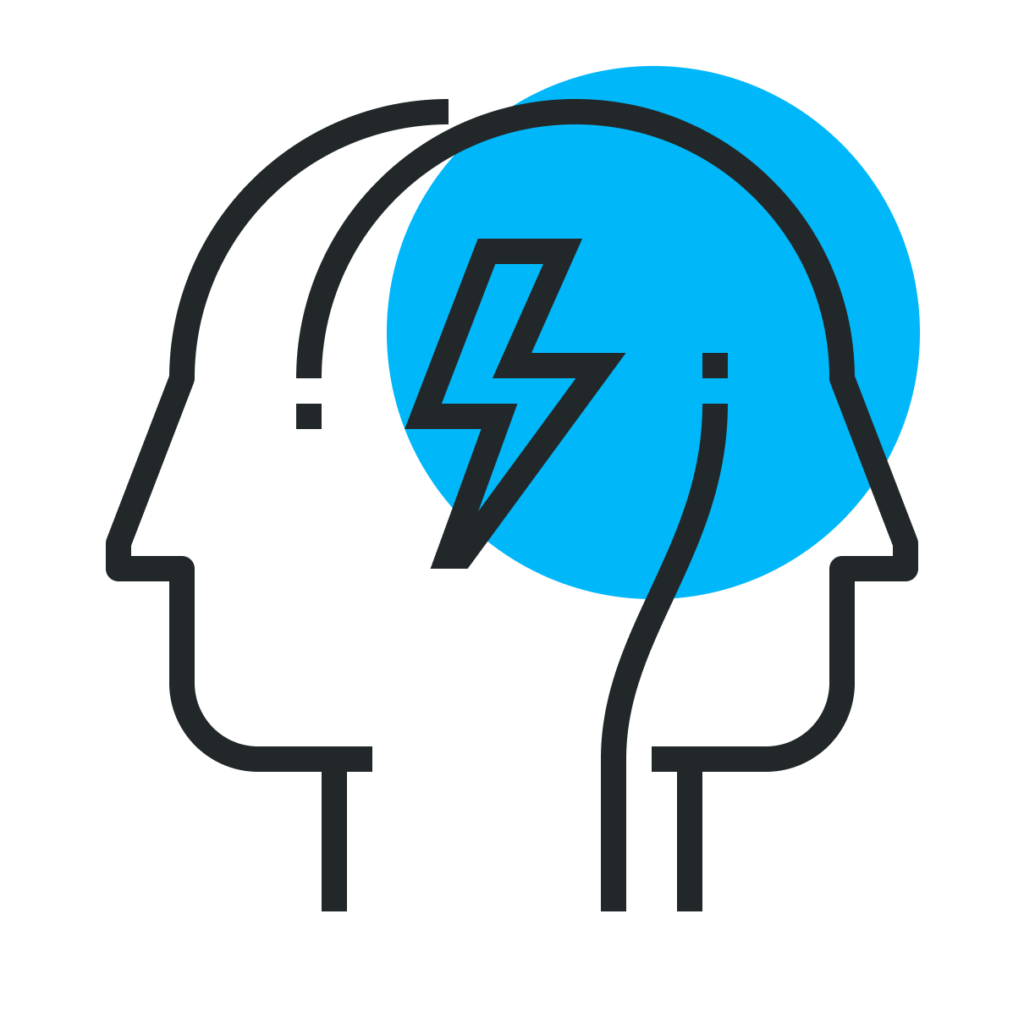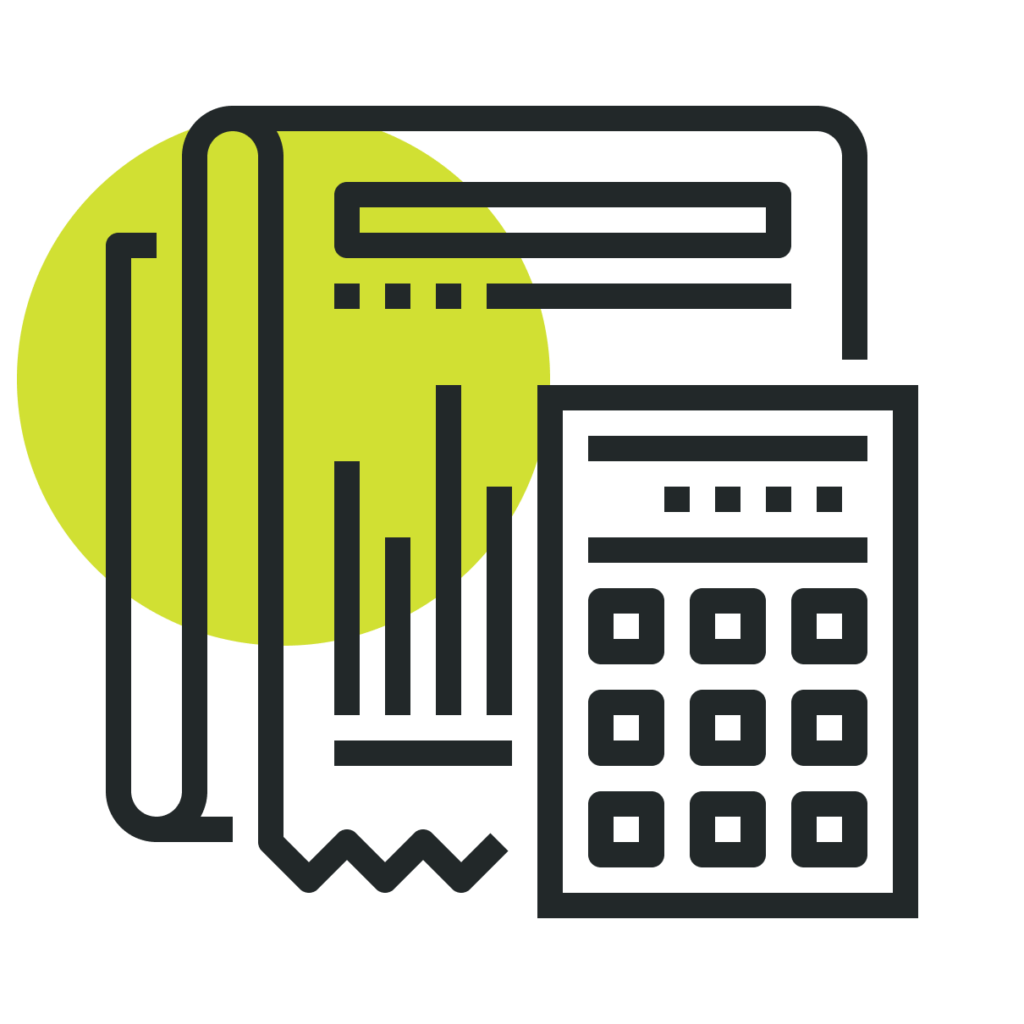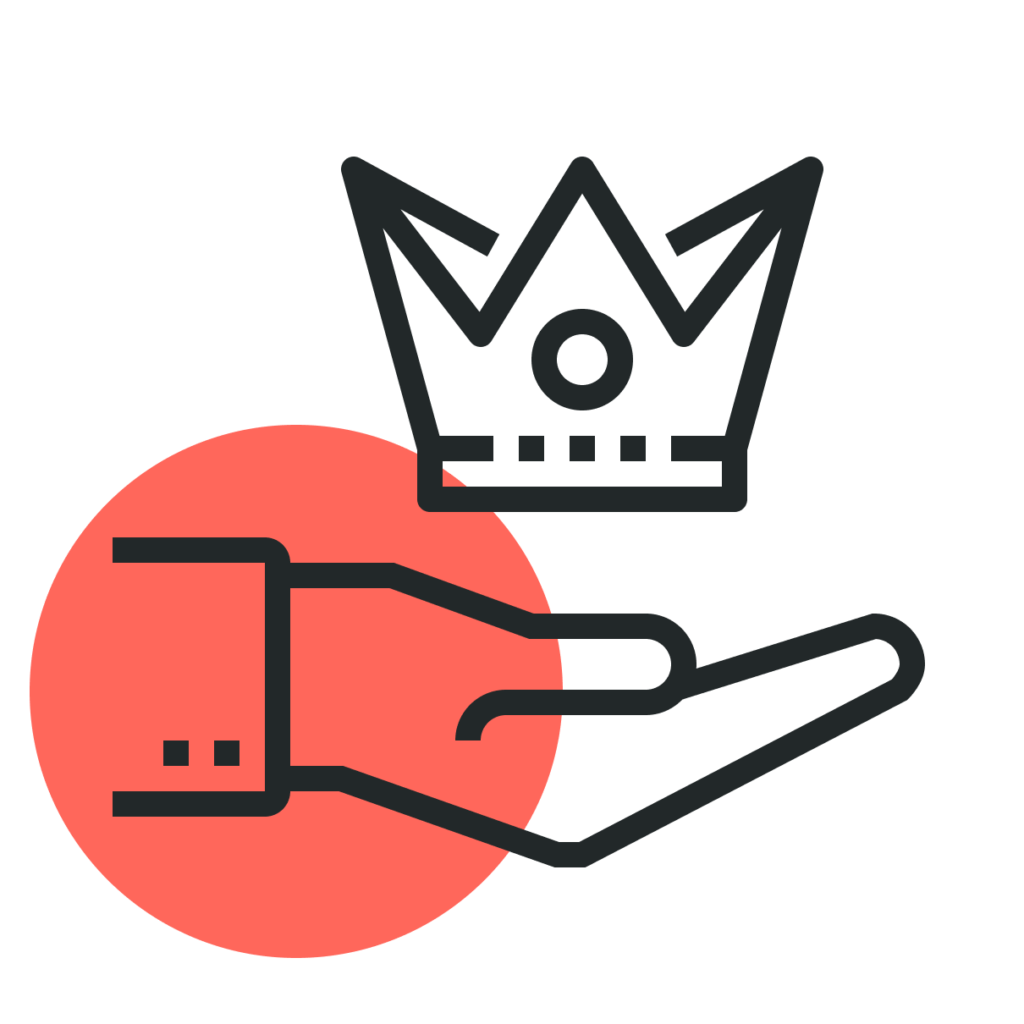In-Group Bias has deep evolutionary roots. Ancient humans used these biases to promote group cohesion and survival. It’s likely that humans evolved these tribal instincts long ago to keep their own group safe from competing groups and tribes.
The formal study began with Social Identity Theory, developed by Henri Tajfel and John Turner in the 1970s, which explored how individuals derive positive self-worth from the groups they belong to.
They conducted experiments that showed how individuals categorize themselves into groups and favor those in their own group, even when the group distinctions are completely arbitrary or trivial.
These experiments showed how easy it was for humans to form into groups and to discriminate against those they considered completely outside of their group.
Racism might be the first thing we think of when we think of in-group bias, but it’s worth noting that humans can very easily form into their own groups and treat those they don’t consider as part of their group with disdain.
This bias can foster strong bonds and collaboration among team members. But it can also lead to conflicts with other teams, impacting cross-functional collaboration. Think about how often designers butt heads with product managers or engineers. Or how often product teams in larger orgs refuse to share learnings or work with each other.
🎯 Here are some key takeaways:
Monitor for bias in decision-making
In-group Bias can affect hiring, promotions, and other key decisions. Implementing unbiased evaluation criteria and diverse decision-making panels can counteract these biases.
Foster cross-team collaboration
Encourage collaboration between different teams and departments to break down silos and mitigate the effects of In-Group Bias.
Encourage the team to change perspective
Creating opportunities for team members to understand the roles, challenges, and contributions of others can promote empathy and reduce In-Group Biases.
Cultivate a shared organizational identity
Fostering a shared sense of purpose and values can help mitigate the effects of In-group Bias. A united vision can bridge divides and align different groups toward common goals.
Recognize and address bias
Be mindful when conducting user research or testing, ensuring that designs and decisions are not overly influenced by the preferences of a specific group.
📚 Keep exploring
To dive deeper into the topic of In-Group Bias and its implications for decision-making, check out these resources:



